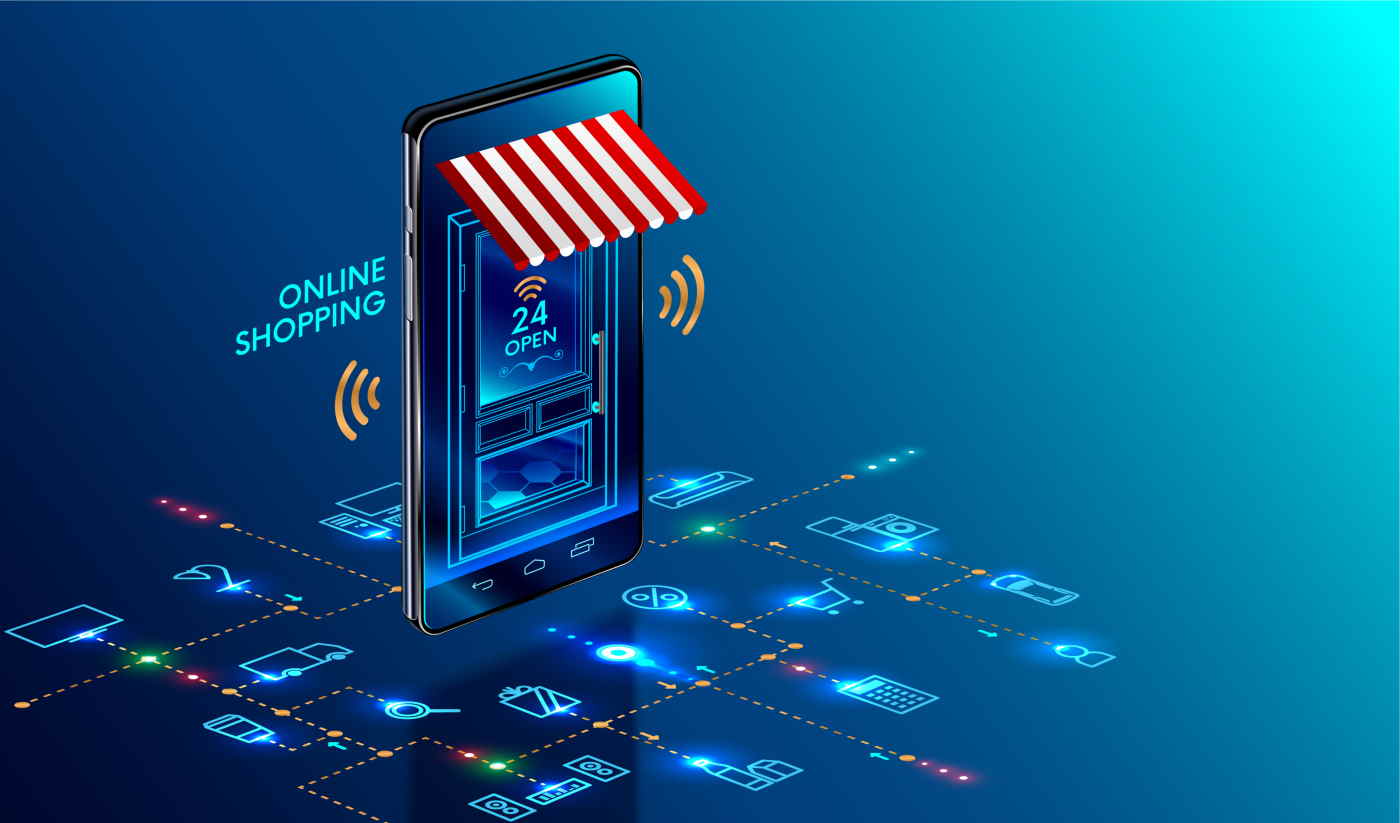Trends are shaping the future of Online Shopping
However, Statista, a supplier of market statistics, forecasts online shopping trends statics that retail e-commerce sales will increase to 113.50bn by 2023. Additionally, online marketplaces are transforming consumer shopping habits as companies adapt to this rise in digital sales.
Similarly, Internet Retailer estimates that in 2020, Amazon will be responsible for over one-third of all online retail sales. The online sales of other top retailers also increased significantly. For example, Walmart claimed that in its fiscal year 2021, its online sales increased by 79%.
As a result of the pandemic, businesses are adjusting to meet new needs and desires, forcing many consumers to rethink how they buy necessities, electronics, and clothing online. Let’s take a brief look at the trends which looks responsible for altering the future of online shopping-

